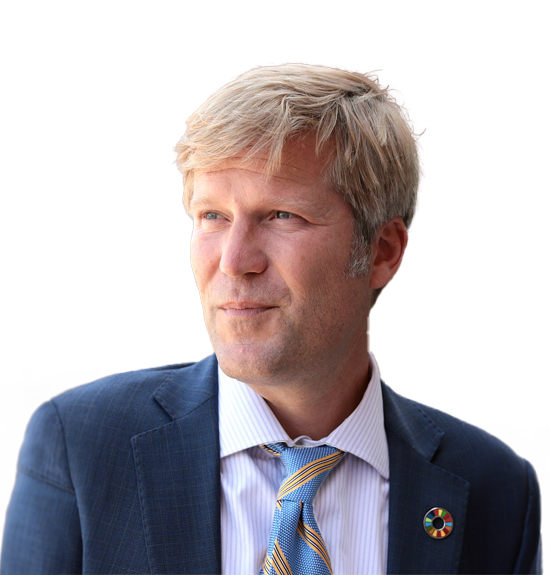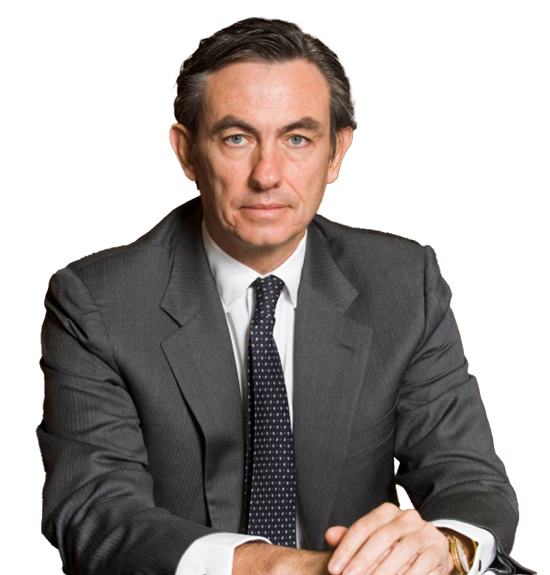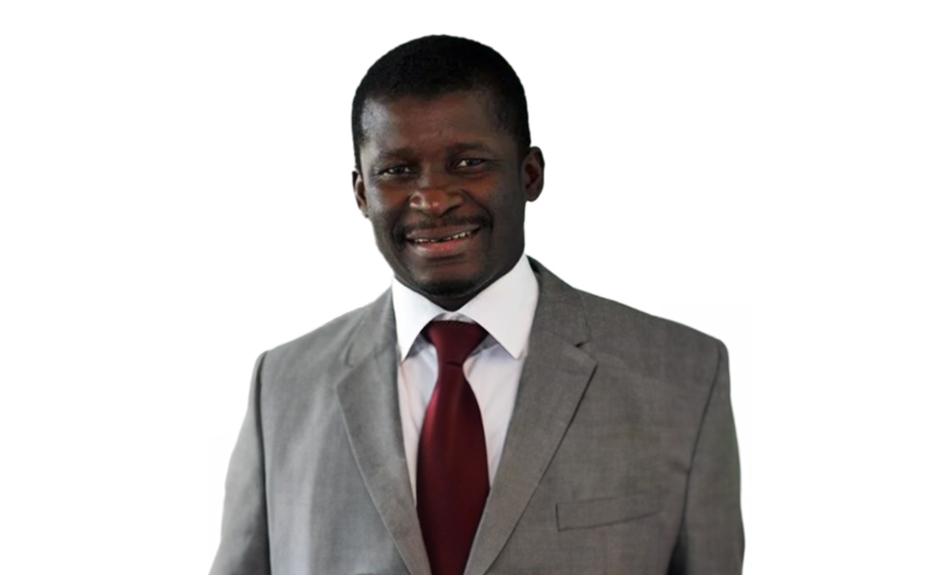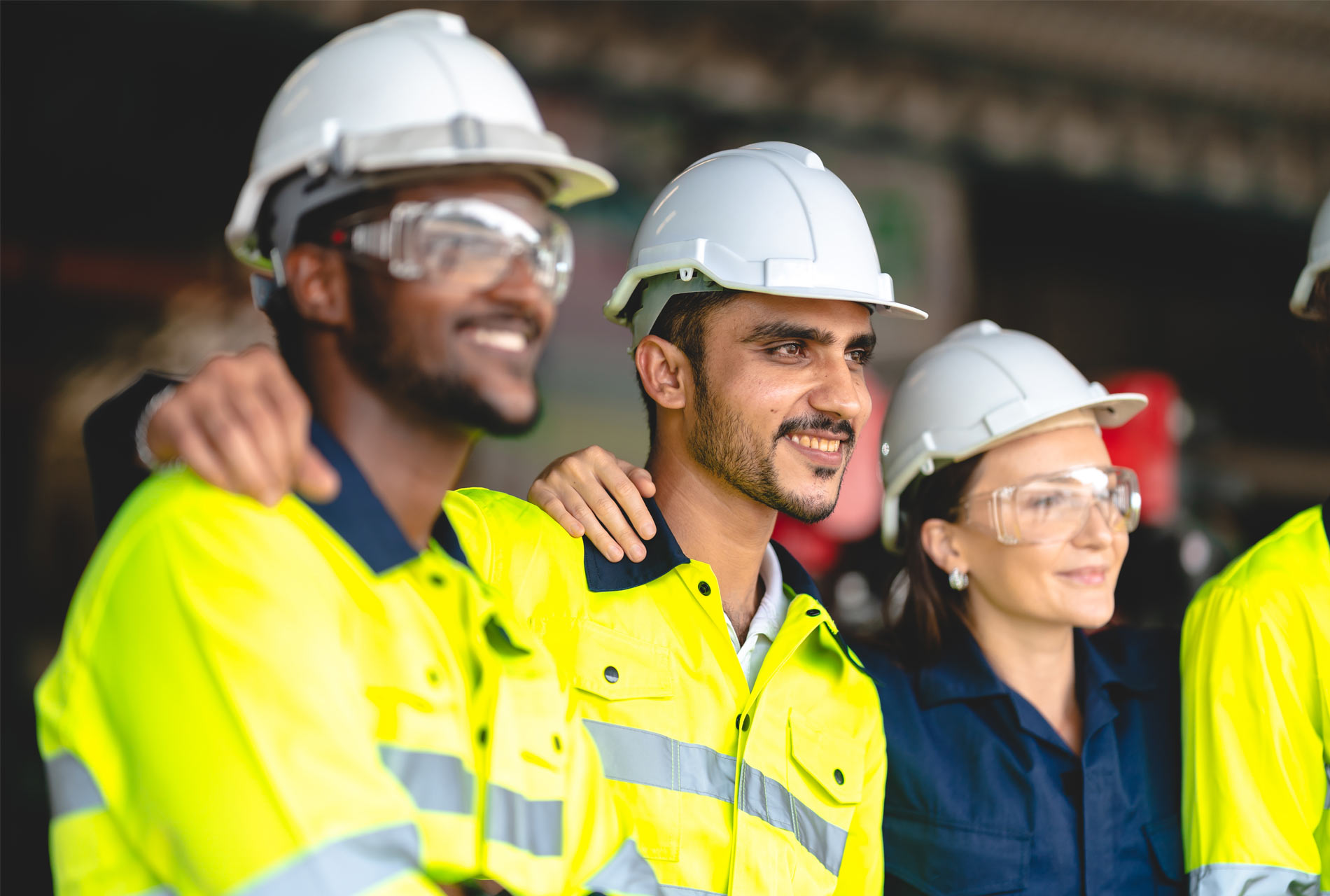 7 min
7 min

Timothy M. Keller, a member of the Democratic party, held the posts of New Mexico State auditor and then Senator for this State, before being elected Mayor of Albuquerque in 2017.
Albuquerque (United States): Tackling the housing crisis
In Albuquerque, the largest city in the state of New Mexico with its 565,000 inhabitants, economic prosperity and quality of life act as a magnet attracting an ever-increasing number of new arrivals, although the housing available is limited. This has led to a shortfall that is driving real estate prices skyward: in 2021, the cost of housing thus rose by 20% on average for buyers and renters alike. According to the municipal authorities, Albuquerque has a shortfall of 80,000 houses, including 30,000 for people on a low or modest income. “This housing crisis is so acute that it is now affecting our city’s labor availability and economic development,” notes Tim Keller with regret.
In light of this – in his view, untenable – situation, the Mayor of Albuquerque has launched an initiative christened Housing Forward. It comprises a set of complementary actions, such as converting commercial buildings, offices, hotels, or motels into housing with services at affordable prices and creating zoning areas for smaller-sized housing units (known as casitas) with a view to increasing the residential density. Through this combination of measures, Tim Keller has the goal of creating some 5,000 new homes at market price over the next two years. WithHousing Forward, he is also aiming to reduce crime by converting spaces that currently attract drugs or people trafficking and armed violence into housing.
Creating some 5,000 new houses at market price by converting commercial buildings and offices.

Álvaro Aresti Aldasoro is a corporate finance specialist with a career in the banking sector. He became Distrito Castellana Norte’s Chairman of the Board in 2019.
Madrid (Spain): Turning urban wasteland into a new-generation neighborhood
Madrid Nuevo Norte is one of Europe’s current major urban renewal projects, conducted by Distrito Castellana Norte, which is looking to develop 2.5 km2 located along the railroad tracks in the north of Madrid. This sustainable district intends to draw on all fronts and exclude no one. The creation of over 10,500 new energy-efficient homes will thus include 20% state-subsidized housing, i.e. double the regulatory requirements for new real estate programs. They will be offered to people with a low income at prices below those of equivalent properties on the market. Therefore, 25 hectares of real estate will be dedicated to setting up public facilities (health centers, seniors’ facilities, schools, sports facilities, etc.) to meet the needs of its future inhabitants, as well as those of the neighboring districts, which are short on public facilities.
In Álvaro Aresti’s view, being poles apart from a dormitory town also means ensuring local employment: Madrid Nuevo Norte intends to generate over 130,000 jobs by creating shops and offices. Prioritizing modes of transport for all, the redevelopment project is planning to extend and modernize Chamartín train station and create a metro line, a regional transport hub, and a high-capacity priority bus line. Soft mobility routes will link the different residential areas via a 40-hectare continuum of green spaces.
A 100% sustainable city in which you will be able to both work and live. You will get around it on foot, by bike or public transport, and housing, offices, commercial premises, public facilities, green spaces, and public transport will combine so that activities can take place there at all times, seven days a week.

Aline Pereira Cardoso de Sá Barabinot sits on the City Council and in the Legislative Assembly of São Paulo and has been a member of the Brazilian Social Democratic Party (PSDB) since 1998. As the founder of the Gente Urbana network – a social mobilization initiative in the areas of sustainability, women’s empowerment, and youth support – she has made promoting economic development, environmental protection, and the sustainable city her hobbyhorses.
São Paulo (Brazil): More sustainability, less precarity
Appointed Municipal Secretary of Economic Development, Labor and Entrepreneurship for São Paulo in 2017, Aline Cardoso has devoted her entire career to developing Brazil’s leading city. “Doing politics means transforming the city in order to transform society, she states. And while we need sustainable buildings, we are just as much in need of sustainable cities.” Cities capable of creating employment and raising their residents’ living standards. To achieve this, Aline Cardoso places professional qualification and collaboration between the public and private sectors at the heart of her action. She does not hesitate to go to every neighborhood, including the most disadvantaged, in search of skills and talents to be connected with companies.
“We must also create partnerships between the public and private sectors to get things moving: the public through regulations and incentives, the private through investment.” Accordingly, in addition to an urban renewal program providing for the construction of 700,000 homes, public services, and soft mobility routes over a 15-year period, the Municipality of São Paulo is planning to create new metro lines and reinforce its bus network. However, the needs remain vast and there is a long road ahead.
We must redefine the world of work to adapt it to the era of sustainable construction.

Political scientist, economist and politician, Manuel A. Alculete Lopes de Araújo was elected chair of Quelimane Municipal Council in 2011..
Quelimane (Mozambique): Combining sustainability and quality of life
Since his election as Mayor of Quelimane in 2011, Manuel De Araújo has striven to make Mozambique’s fourth-largest city a model of sustainable development, with the construction of climate change-resilient housing, community centers where residents can carry out community activities, public fountains, etc. Quelimane’s 350,000 citizens have seen their quality of life improve over the course of his terms of office. But in his view, it requires a more global vision to positively impact the local economy and combat poverty. Manuel De Araújo has, for instance, tarmacked various thoroughfares to make them accessible for bicycles and created new roadways, in order to link up two districts that were not previously connected, such as Sangariveira and Icidua. The construction of these transport routes should facilitate residents’mobility and have a positive impact on the local economy, particularly in the small-scale fishing sector, which is important for Quelimane.
Today, cycling represents not only an alternative means of transport for most residents but also a job for 10,000 of them, who have become bicycle taxi drivers
Also read: the model that propelled vancouver to become one of the greenest cities in the world is replicable
Photo credits: ©Getty Images ©WIkipedia ©Transport Decarbonisation Alliance ©Crea Madrid Nuevo Norte ©Facebook














